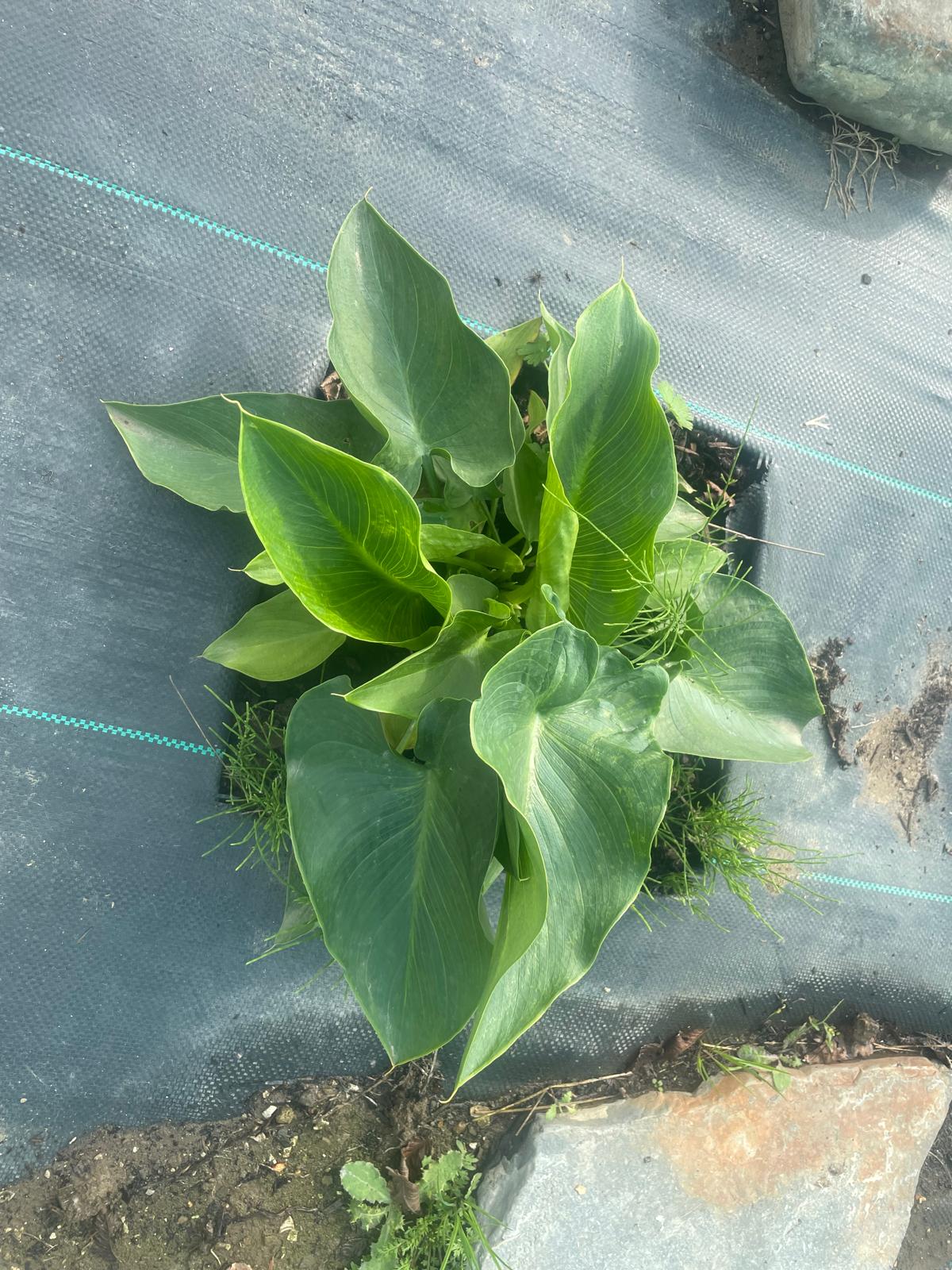Your cart is currently empty!
The Enchanting Dusty Rose Calla Lily: A Guide to its Beauty and Cultivation

Introduction
The dusty rose calla lily, with its captivating pastel hue and graceful trumpet-shaped blooms, has captured the hearts of gardeners and flower enthusiasts alike. It offers a timeless elegance that enhances any garden landscape. This comprehensive guide will delve into the intricacies of this alluring flower, providing insights into its unique characteristics, cultivation practices, and captivating symbolism.
Botanical Characteristics
The dusty rose calla lily (Zantedeschia rehmannii) belongs to the Araceae family. It is native to South Africa and is renowned for its striking blooms. These trumpet-shaped, hooded flowers emerge from a leafless stalk and are typically 5-10cm in length. The petals, known as spathes, envelop a prominent central spadix, creating an eye-catching contrast. The dusty rose variety showcases a delicate pink hue with subtle variations in shade.
Foliage
The dusty rose calla lily displays large, heart-shaped leaves that emerge directly from the ground. These leaves are a deep, rich green with prominent veins and a glossy finish. They provide a stunning backdrop for the delicate blooms and add to the overall aesthetic appeal of the plant.
Cultivation
Climate and Soil
Calla lilies thrive in USDA hardiness zones 8-11, where they appreciate warm temperatures and a Mediterranean-like climate. They prefer well-drained, nutrient-rich soil with a pH between 6.0-6.5. Amending the soil with organic matter, such as compost or manure, can enhance fertility and provide optimal growing conditions.
Planting
Calla lilies are typically planted in the spring or fall in well-prepared soil. Dig holes that are twice the width of the rhizomes and deep enough to accommodate the entire root ball. Place the rhizomes horizontally in the holes and cover them with soil, leaving the growing tip slightly exposed. Water thoroughly after planting.
Watering
Water calla lilies deeply and regularly during the growing season, allowing the soil to dry out slightly between waterings. Avoid overwatering as this can lead to root rot. During the dormant period, water sparingly to prevent the rhizomes from completely drying out.
Fertilization
Fertilize calla lilies every 4-6 weeks during the growing season with a balanced liquid fertilizer. You can also incorporate slow-release fertilizer into the soil at planting time to provide continuous nutrient supply.
Care and Maintenance
Pruning
Regularly remove spent blooms and yellowing leaves to encourage new growth and prevent the spread of disease. Cut the flower stalks back to the base after blooming and remove entire leaves when they turn yellow.
Overwintering
In colder climates, calla lilies need protection during the winter. Dig up the rhizomes in the fall, allow them to dry out for a few days, and store them in a cool, dry place until the threat of frost has passed in the spring.
Naturalization
Calla lilies can naturalize in suitable climates, creating stunning colonies in moist areas of the garden. Naturalized plants can multiply over time, forming dense clusters that provide a beautiful display during the blooming season.
Symbolism and Cultural Significance
Calla lilies, particularly the dusty rose variety, hold significant symbolism in various cultures and traditions:
- Purity and Innocence: The delicate pink hue of the dusty rose calla lily represents purity, innocence, and new beginnings.
- Beauty and Elegance: Its graceful form and pastel color embody elegance and beauty, making it a sought-after flower for weddings and special occasions.
- Mourning and Remembrance: Calla lilies are sometimes associated with mourning and remembrance in some cultures, symbolizing the beauty of life that endures despite loss.
Uses in Landscaping
Dusty rose calla lilies are versatile plants that can enhance any garden setting:
- Borders and Edgings: Their upright growth habit and striking blooms make them ideal for lining borders and creating eye-catching edgings.
- Water Feature Embellishments: Calla lilies thrive in moist environments, making them perfect for adding color and interest to ponds, streams, and other water features.
- Container Gardens: Their compact size and adaptability make them suitable for container gardening, where they can grace patios, balconies, and indoor spaces.
Choosing the Right Variety
When selecting a dusty rose calla lily for your garden, consider the following factors:
- Bloom Size: The dusty rose calla lily is available in various bloom sizes, ranging from petite varieties to larger specimens.
- Bloom Time: The blooming period can vary depending on the specific variety. Some varieties bloom in early spring, while others flower in late summer or early fall.
- Height: Calla lilies come in different heights, so choose a variety that suits the scale of your garden or container.
Troubleshooting Common Issues
Despite their hardiness, dusty rose calla lilies can sometimes encounter issues:
- Aphids: These pests can infest the plant and cause stunted growth, yellowing leaves, and honeydew secretion.
- Spider Mites: These tiny arachnids can cause stippling and yellowing of leaves, leading to defoliation in severe cases.
- Rhizome Rot: Overwatering or poor drainage can lead to rhizome rot, a fungal disease that can damage or kill the plant.
Conclusion
The dusty rose calla lily is a captivating and versatile plant that adds beauty and elegance to any garden. Whether used in borders, container gardens, or to adorn water features, this charming flower is sure to attract attention. By understanding its unique characteristics, cultivation practices, and symbolic meaning, you can appreciate and care for this enchanting plant to its fullest potential. Embark on the rewarding journey of cultivating the dusty rose calla lily and experience the timeless beauty it brings to your garden sanctuary.
Looking for services in Kill? You may also like: Flower Delivery 24 | Log Cabins Ireland.
Our Shop
-
Crowborough — Zantedeschia aethiopica ‘Crowborough’
-
Green Goddess — Zantedeschia ‘Green Goddess’
-
Hercules — Zantedeschia aethiopica ‘Hercules’
-
Highveld — Zantedeschia ‘Highveld’
-
Odorata — Zantedeschia odorata
-
Pink Flamingo — Zantedeschia ‘Pink Flamingo’
-
Pink Mist — Zantedeschia ‘Pink Mist’
-
White Giant — Zantedeschia aethiopica ‘White Giant’










Leave a Reply